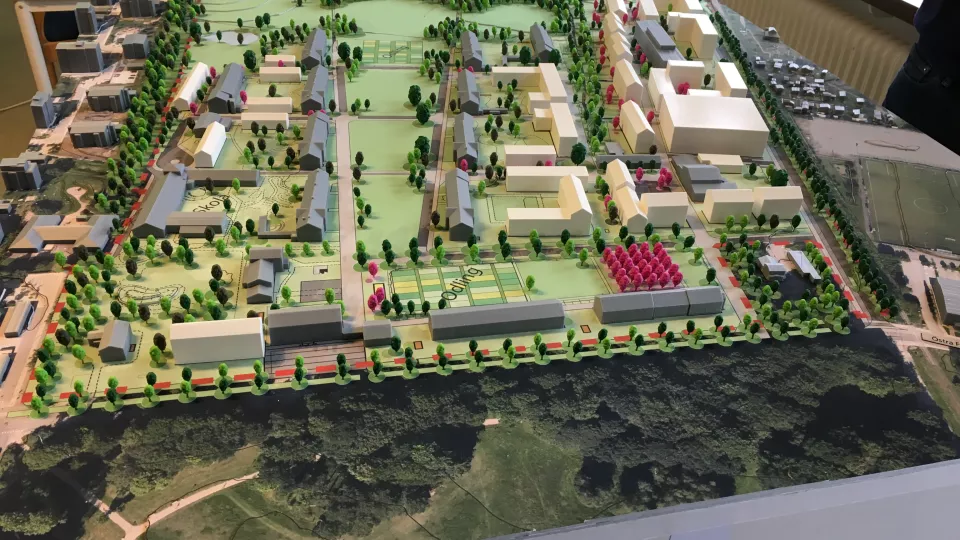Palm, J & Lazoroska, D (2020): Collaborative planning through dialogue models: situated practices, the pursuit of transferability and the role of leadership, Journal of Environmental Planning and Management.
About the article:
Sweden is considered an environmental sustainability pioneer, targeting a 50% reduction in energy use in buildings by 2050. This ambitious goal requires the active engagement of municipal actors and the building sector. Dialogue processes have been identified as a way to mobilize such engagement, but in earlier research, there has been a lack of studies where dialogue practices are analyzed in real-time and on location and where the role of leadership has been scrutinized. Taking two cases in Malmö as a starting point, the aim of this paper is to analyze the interconnections between dialogue models and the local context and to examine how the role of process leadership affects exchanges between included actors. The results show that it is difficult to create guidelines useful in the local context and that learning was embedded in the doing and was transferred through the process leaders.
Dialogue processes have been identified as a way to mobilize environmental engagement, but in earlier research, there has been a lack of studies where dialogue practices are analyzed in real-time and on location, This is done here in two cases in Malmö. We analyze the interconnections between dialogues and the local context, transferability and the role of process leadership.
In the two cases analyzed, the dialogues played out differently. In both cases, though, the dialogues enabled actors who would not necessarily meet to collaborate, strengthen their professional networks, and learn from one another.
Frictions arose in our cases from the differences between the professional cultures. Workshops exemplified this: the process leaders saw them as inclusive tools that enhanced communications, the property owners and developers considered them to be time-consuming and inefficient. The existing written guidelines on how to run a dialogue were not used. Instead, the process leaders trusted their learned ability to act in these for them familiar localities and on their established relationships with the property developers and property owners. Learning was embedded in the doing, in practice.
Transferability: process leadership bridged the cultural gap between the professional worlds of the Malmö city administration and the property owners and developers. By being familiar with the context, and by translating the discourses from one group to the other the process leaders had a central role in catalyzing the development towards sustainable city districts.
The results indicate the importance of engaging process leaders with access to multiple spheres, who have mastered several professional languages. Another important finding for the future is that actions and behaviors cannot easily be treated as “best practices” that can simply be transferred without adaptation.


